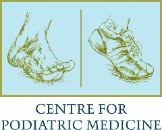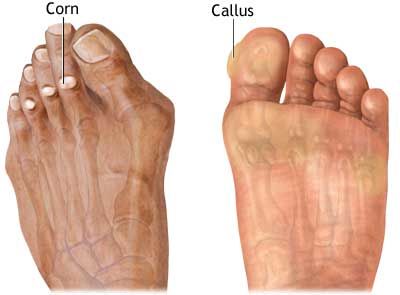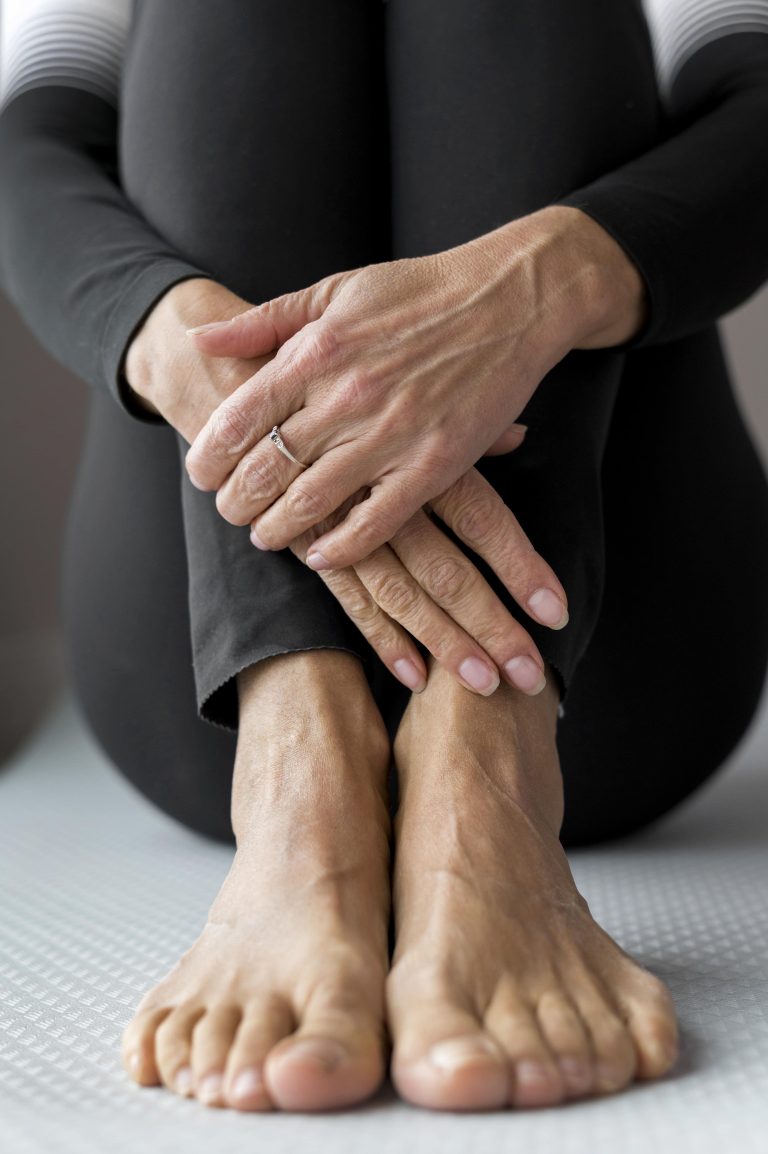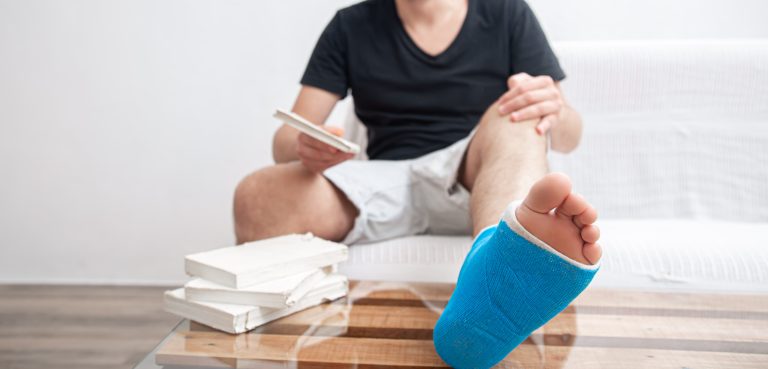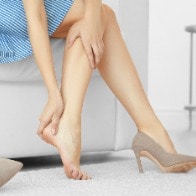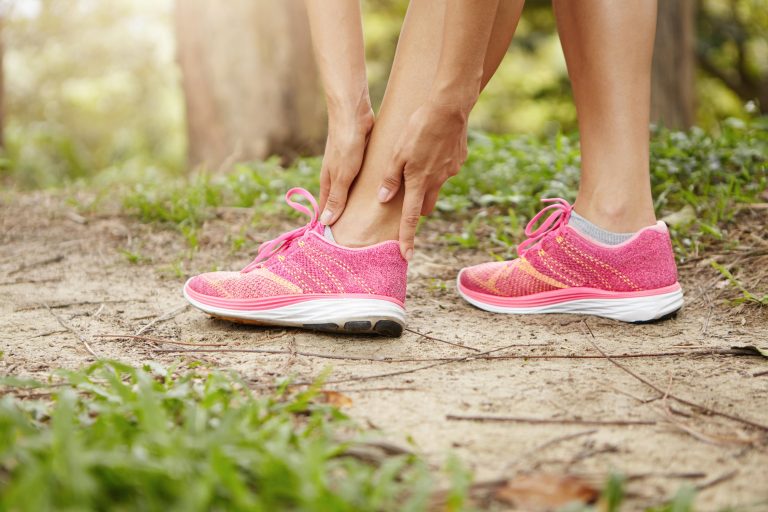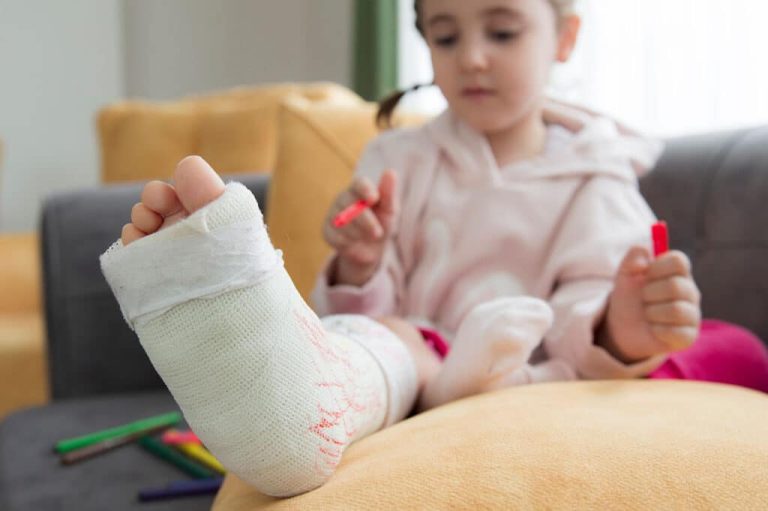Understanding Corns and Calluses: Causes and Management Strategies
Corns and calluses are common foot conditions that can affect people of all ages, causing discomfort and affecting daily activities. These thickened areas of skin develop in response to excessive pressure or friction.
While corns and calluses are typically not serious, they can cause pain and inconvenience. In this blog article, we will discuss the causes, prevention, and management strategies for corns and calluses, helping readers understand how to address and alleviate these conditions effectively.
What Are Corns and Calluses?
Corns and calluses are the result of the body’s natural defense mechanism to protect the skin from excessive pressure or friction. Corns are small, localized areas of thickened skin with a hard or soft center, while calluses are larger and usually flat, covering a broader area. They often develop on the soles of the feet, the sides of the toes, and around bony prominences. These areas are more susceptible to pressure and friction due to factors such as ill-fitting footwear, repetitive activities, abnormal foot structure or gait, and poor foot hygiene.
Causes of Corns and Calluses
Here are some of the causes of corns and calluses:
Ill-Fitting Footwear
Wearing shoes that are too tight, narrow, or have high heels can create pressure points and increase friction on certain areas of the feet. This constant rubbing can lead to the formation of corns and calluses. To prevent this, it’s important to choose shoes that fit properly, provide adequate space for the toes, and have cushioning and support.
Repetitive Activities
Engaging in activities that involve prolonged standing, walking, or running can put repetitive pressure on specific areas of the feet, leading to the development of corns and calluses. Athletes and individuals who participate in high-impact sports are particularly prone to developing these conditions. It’s essential to wear appropriate footwear and take regular breaks to reduce the pressure on the feet.
Abnormal Foot Structure or Gait
Individuals with foot deformities or abnormalities, such as hammer toes, bunions, or high arches, are more prone to developing corns and calluses. These conditions can cause uneven weight distribution and increase friction in certain areas of the feet. In such cases, orthotic devices or custom shoe inserts prescribed by a podiatrist may help distribute pressure evenly and alleviate the risk of corns and calluses.
Poor Foot Hygiene
Neglecting foot hygiene, such as not regularly cleaning and moisturizing the feet, can contribute to dryness and thickening of the skin, making it more susceptible to corns and calluses. It is important to wash the feet daily with warm water and mild soap, gently exfoliate the skin to remove dead skin cells, and moisturize regularly to keep the skin hydrated.
Prevention Strategies
Proper Footwear Selection
Choose shoes that fit properly, provide adequate space for the toes, and have cushioning and support. Avoid shoes that are too tight or narrow, as well as high heels that can put excessive pressure on the toes and ball of the foot. Additionally, consider wearing socks made of breathable materials to help reduce friction.
Regular Foot Care
Maintain good foot hygiene by washing the feet daily with warm water and mild soap. Gently exfoliate the skin using a pumice stone or foot scrub to remove dead skin cells and prevent the buildup of thickened skin. Afterward, apply a moisturizing cream or lotion to keep the skin hydrated.
Management and Treatment Options
If corns or calluses develop despite preventive measures, several management strategies can provide relief:
Soaking and Exfoliation
Soak the feet in warm water for 10-15 minutes to soften the thickened skin. Use a pumice stone or foot file to gently remove the outer layers of the corn or callus. Avoid aggressive scraping or cutting, as this can lead to skin damage and infection.
Protective Padding
Use protective pads or cushions to reduce pressure and friction on corns and calluses. These can be purchased at pharmacies or obtained from a podiatrist. The padding helps distribute pressure more evenly and provides cushioning to alleviate discomfort.
Over-the-Counter Treatments
Over-the-counter corn and callus removal products, such as medicated pads or liquid treatments, may be used as directed. These products often contain salicylic acid, which helps soften and remove the thickened skin. However, exercise caution and follow package instructions to avoid skin irritation or chemical burns.
Professional Assistance
For persistent or painful corns and calluses, it is advisable to seek professional help from a podiatrist. They can safely trim or remove the thickened skin and provide additional treatment options, such as custom orthotics or footwear recommendations. In some cases, they may also recommend surgical interventions for severe or recurring cases.
Conclusion
Corns and calluses are common foot conditions that can cause discomfort and inconvenience. Understanding the causes and implementing preventive measures, such as proper footwear selection, regular foot care, and moisturization, can help reduce their occurrence.
When corns and calluses do develop, gentle management and treatment strategies can provide relief. In cases of persistent or painful corns and calluses, seeking professional assistance ensures proper care and helps prevent complications.
By prioritizing foot health and implementing appropriate measures, individuals can maintain comfortable and healthy feet. Visit Centre for Podiatric Medicine today!
